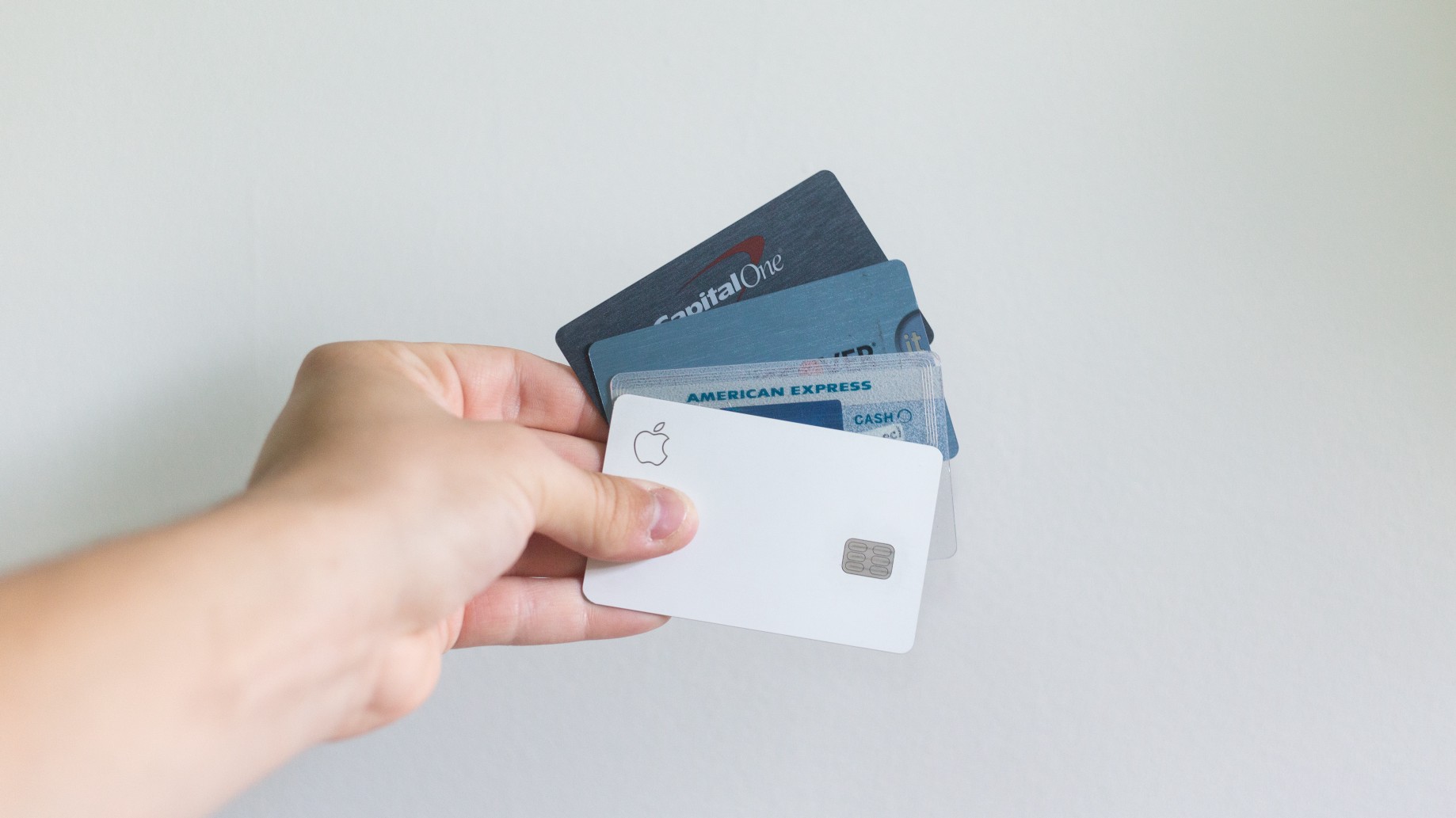
Your credit score will likely be good, despite some differences between these models. Similarly, bad scores will remain bad. Each credit scoring model has a different way of calculating your score. However, they all have the same goal: predicting the risk of a consumer's credit. That means that your score will reflect this risk.
New model of credit scoring
All three credit reporting agencies will have access to the new FICO10 credit scoring model by 2020. It is expected to increase credit scores of 40,000,000 consumers while lowering scores of another 110 million. It uses trended data for predicting the probability of default. Consumers with a strong payment history and low balances will generally have a higher FICO score.
FICO10 uses a multidimensional approach in credit scoring. It includes trend data on revolving balances, minimum payment requirements, and the amount paid toward balances due. This data allows FICO to identify consumers who make timely payments. This method reduces the impact from a single event. This means that paying a single amount for vacation costs will not negatively impact your credit score. However a series late payments or high-interest debt will.

Model changes
The recent release of the new FICO 10 credit score model offers a number of changes to the credit scoring system. New data and algorithms are used to calculate credit scores in the new model. Nearly 40 million people will see their scores rise by an average 20 points. These changes will reduce the disparities between scores of consumers with different credit histories.
One modification to the scoring model is the inclusion of trended information, which displays credit card or debt balances in the last 24 months. This information rewards responsible card use, while penalizing those who are falling behind on their payments. This information penalizes individuals with multiple debts, or high credit utilization.
Impact on other credit
FICO10T uses more data from more accounts to score the new algorithm. This data helps predict a borrower's credit risk more accurately than the basic FICO 10 score. A basic FICO score is based on a snapshot of the consumer's credit report. Trend data is particularly useful for the credit utilization segment of the score. Credit scores were based on the payment history for the past seven to ten year. This means that a borrower with a higher balance will have a lower credit score.
The new model uses the average usage rate for all credit accounts to calculate the average and average out the peaks. This means that a 20 percent drop in one account's usage rate can affect the credit score of millions. For renters that don't own a house, the landlord's credit score can help them determine whether they can borrow money.

UltraFICO(tm), Score Changes
Fair Isaac Corporation has created UltraFICO, which is a credit score system. The score is particularly relevant to consumers who have had credit problems or have limited credit history. Consumers who have had financial difficulty or limited credit history will be able to see a significant improvement in their scores with the new scoring system.
The new scoring system is based on more data than the traditional FICO credit score. It includes cash flow data from a consumer's bank accounts. These data may not provide a prediction of a consumer’s creditworthiness but UltraFICO is meant to increase credit accessibility for all.